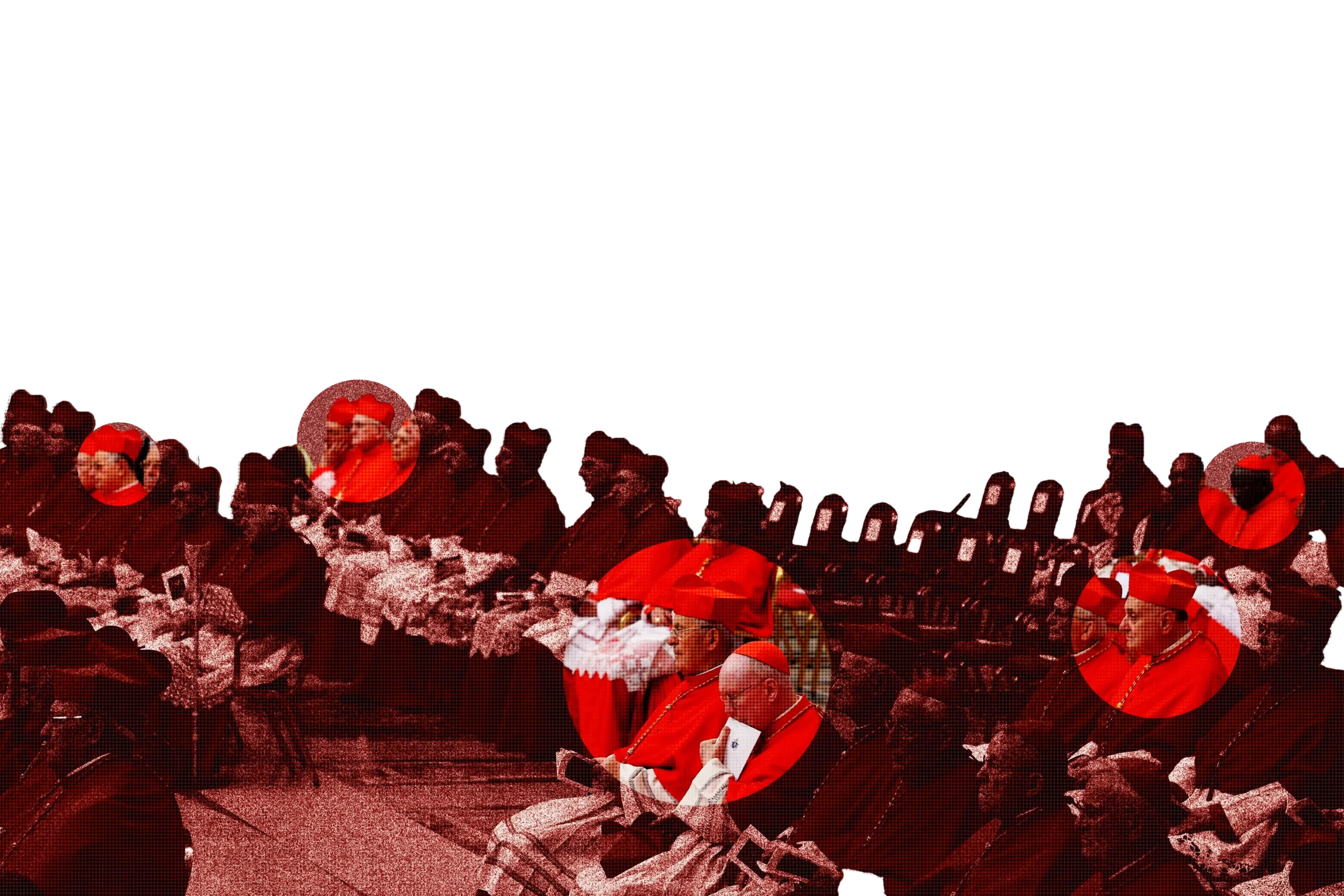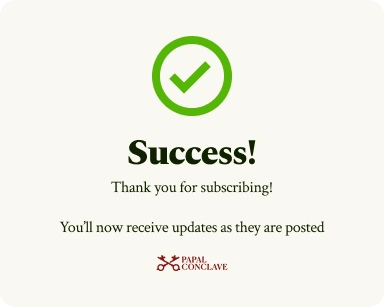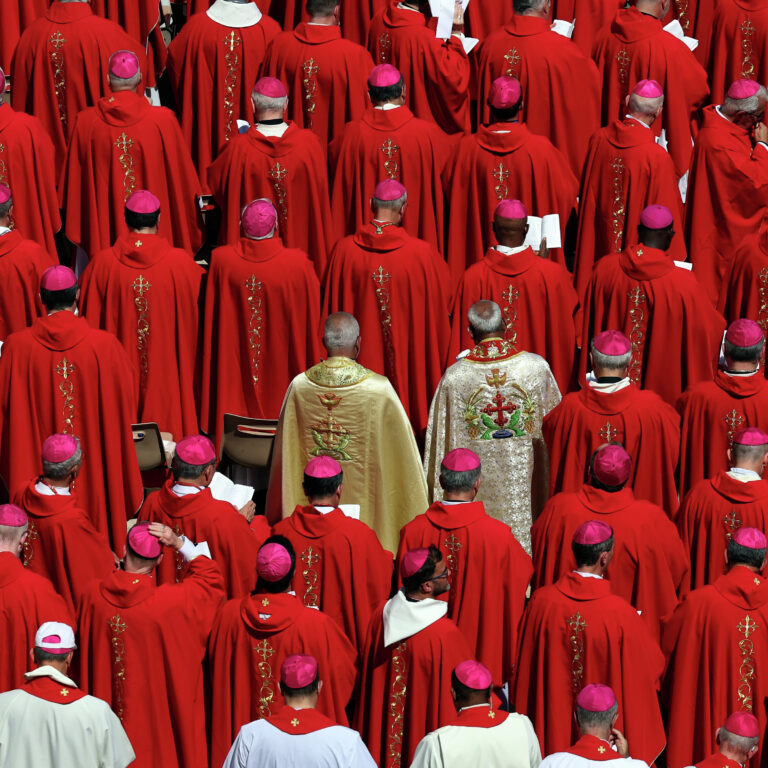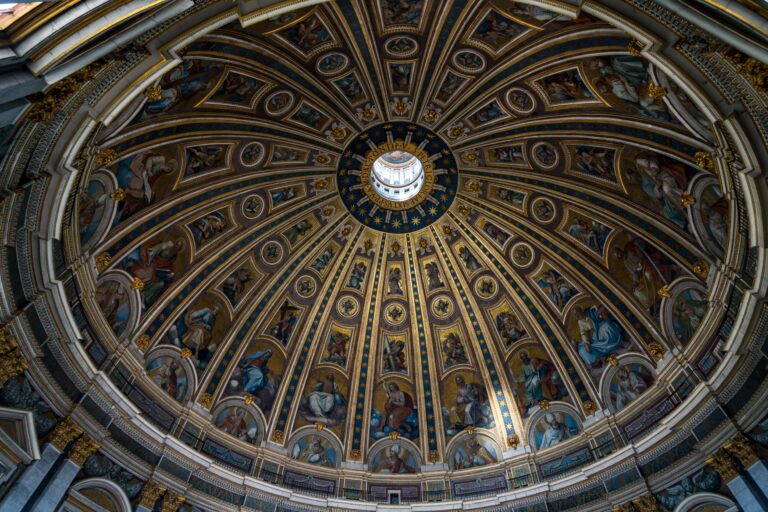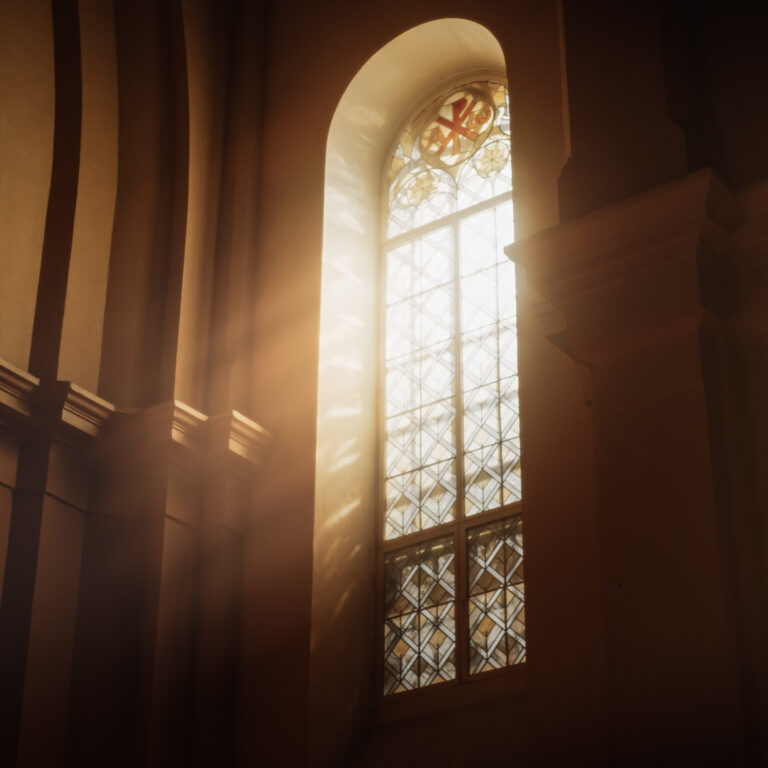The Timeline of Losing a Pope
The death of a pope is one of the most consequential events in the life of the Church on earth. When a pope dies, a series of events are set in motion to notify the faithful, secure the institutional church for the period without a pope, and begin the process of selecting his successor. Here’s how it looks, from the moment a pope breathes his last to the accession of the next pope.
The First Day: Confirmation and Announcement
The pope’s death is officially confirmed by the camerlengo. This is the highest office within the papal household, and is currently held by Cardinal Kevin Farrell. This moment traditionally involved calling out the pope’s baptismal name three times, but today medical professionals verify the death using standard procedures.
Next, the camerlengo destroys the papal signet ring with a hammer in the presence of other cardinals. The pope’s ring, known as the “Ring of the Fisherman,” is used to seal official documents. Its destruction prevents any misuse of a former pope’s seal, and symbolizes the end of the pope’s authority.
Then, the Vatican publicly announces the pope’s death. The bells of St. Peter’s Basilica toll once for each year of the pope’s life, and flags are lowered. Catholic communities worldwide enter a nine-day period of mourning and prayer for the soul of the passed pontiff.
The Sede Vacante
The period between a pope’s death and the election of a new one is called sede vacante (“the seat is vacant”). During this time, the College of Cardinals oversees the Church’s day-to-day affairs but cannot make any major decisions. The camerlengo seals the pope’s private apartments and prepares a formal document verifying the death. The body of the pope is prepared to lie in state before burial. He is dressed in papal vestments and placed in a coffin, traditionally with a white silk veil over the face.
Funeral Rites
A nine-day official mourning period is observed, called the Novemdiale. Special Masses and prayers are held worldwide throughout the Catholic Church. The pope’s body is displayed in St. Peter’s Basilica for public viewing, allowing mourners, including many world leaders and dignitaries, the chance to pay their respects.
The funeral typically takes place four to six days after the pope’s death. The Dean of the College of Cardinals presides over the funeral Mass. Historically, popes were buried in three coffins (cypress, zinc, and elm). More recently popes, including Francis, have requested simpler burials, such as a single zinc-lined wooden coffin. The pope is usually laid to rest in the grottos beneath St. Peter’s Basilica, although Pope Francis has requested burial at the Basilica of Santa Maria Maggiore, reflecting his devotion to the Virgin Mary.
Preparing for the Next Election: The Conclave
After the funeral, the College of Cardinals gathers in Rome for pre-conclave meetings. These sessions allow cardinals to discuss the Church’s challenges and the qualities needed in the next pope. Only cardinals under the age of 80 are eligible to vote in the conclave. There are usually up to 120 voting cardinals, though this number can vary slightly.
The conclave typically begins 15 to 20 days after the pope’s death, once the funeral rites and mourning period are complete.The cardinals are locked in seclusion within the Vatican until a new pope is chosen.
Voting is carried out by secret ballot in multiple rounds until one candidate reaches the two-thirds majority required to elect a new pope. After each round of voting, ballots are burned in a special stove. Black smoke signals an inconclusive vote; white smoke announces the election of a new pope. The Catholic world watches the chimney of the Sistine Chapel in anticipation (you can watch with us by signing up for SmokeWatch).
A New Pope Ascends
Once one cardinal receives the required two-thirds majority and accepts the Papacy, he chooses a papal name. The senior cardinal deacon then announces, Habemus Papam! (“We have a pope”), from the balcony of St. Peter’s Basilica, and the new pope gives his first blessing to the world.
Although this series of events is standard across every papal election, there is no set time that the Church will be without a pope.The longest period in history without a Pope was the interregnum following the death of Pope Clement IV in 1268. This began a nearly three-year period of sede vacante that lasted until the election of Pope Gregory X in 1271. In 1978, known as the “year of three popes”, two conclaves were held in quick succession.
However long it takes, that is how the Church elects its next head. From the death of a pope to the first public appearance of his successor, these events are orchestrated to ensure a smooth transition and ensure the Chair of Peter is not vacant for too long.
Join Relevant Radio as we watch and pray in anticipation for the next pope!


